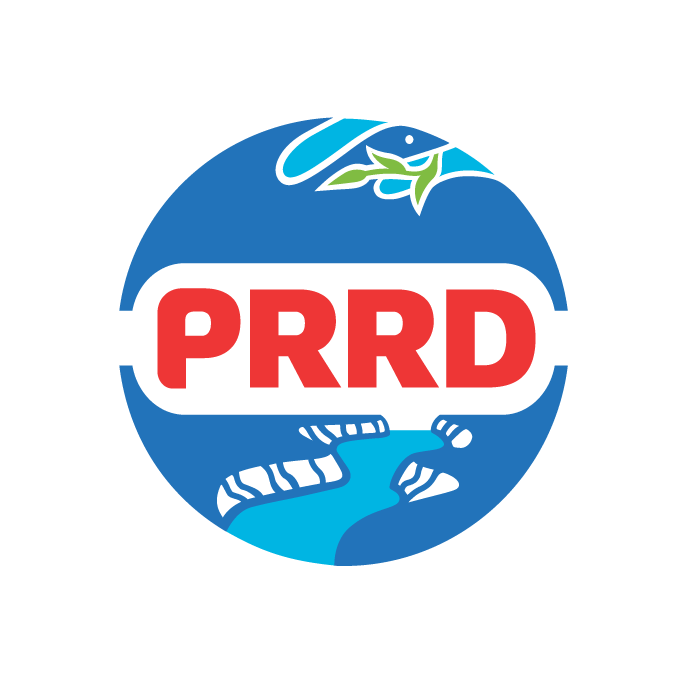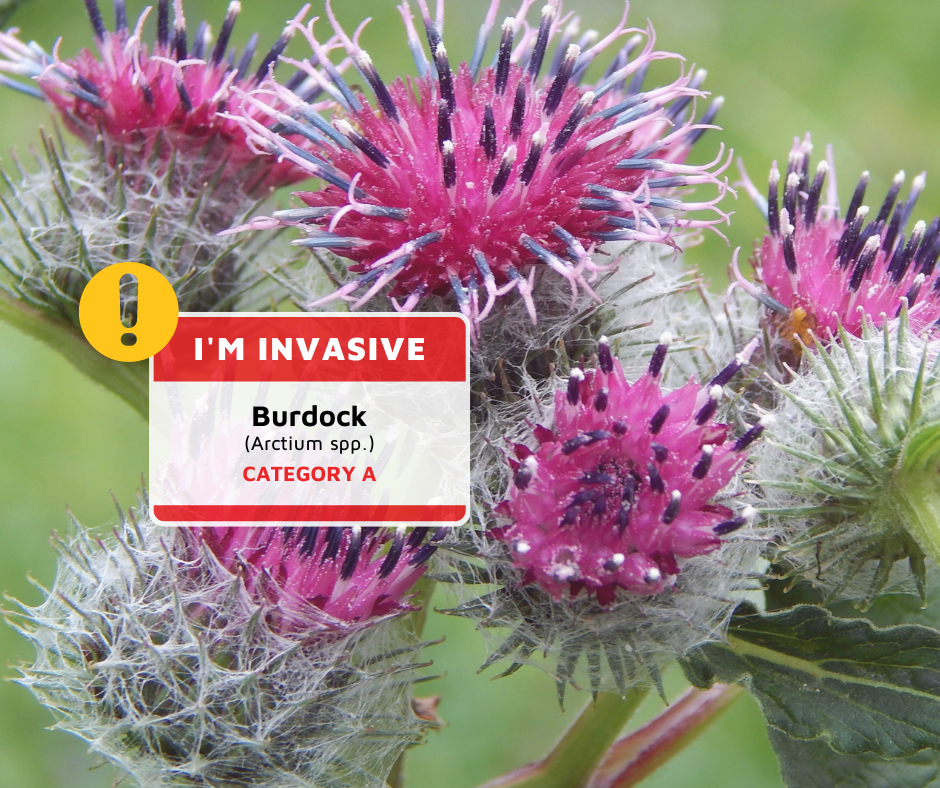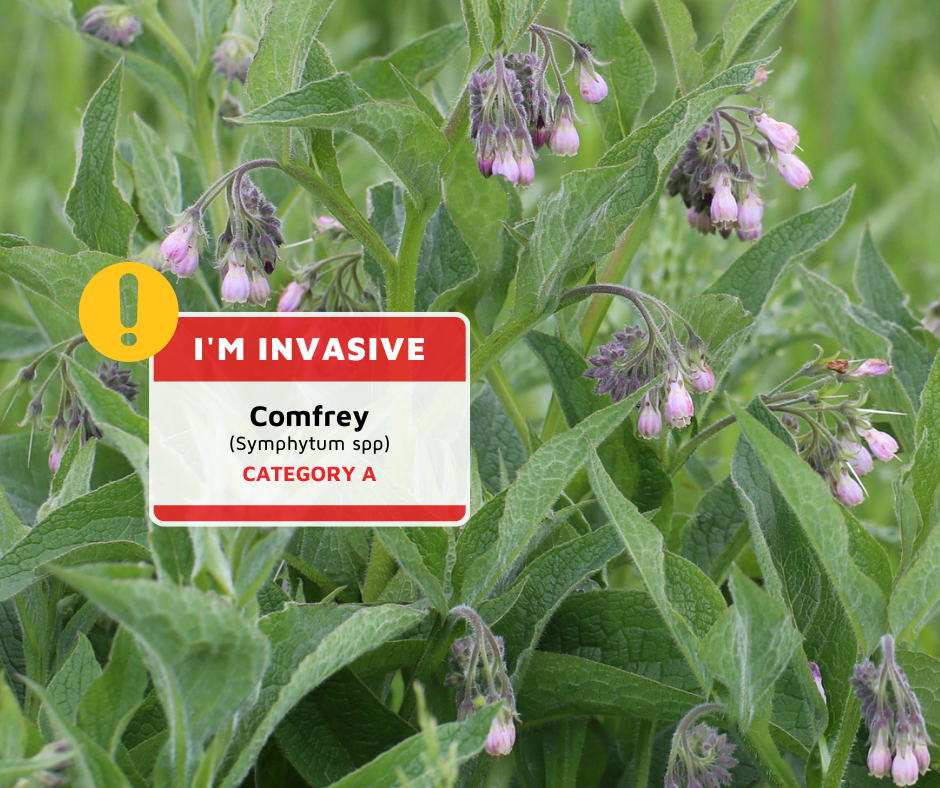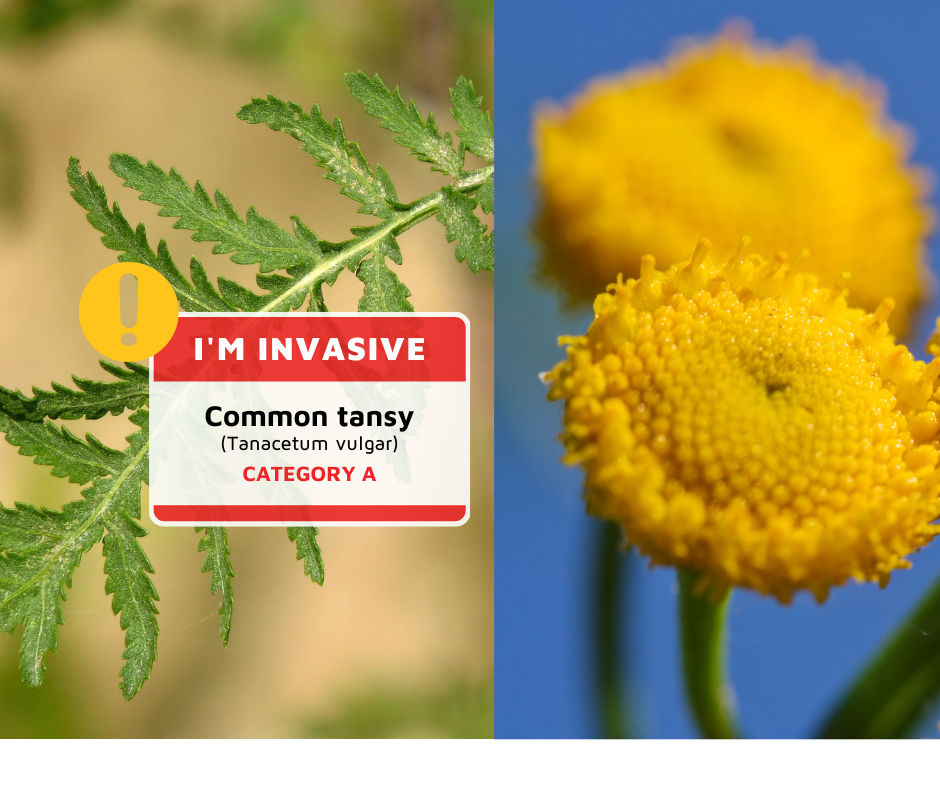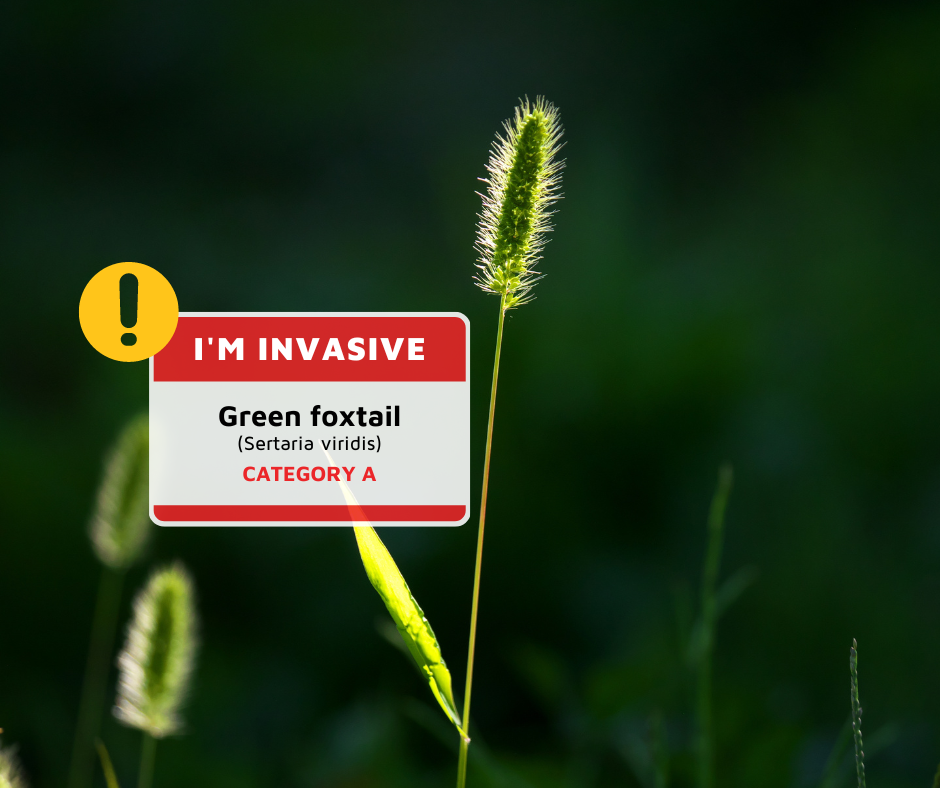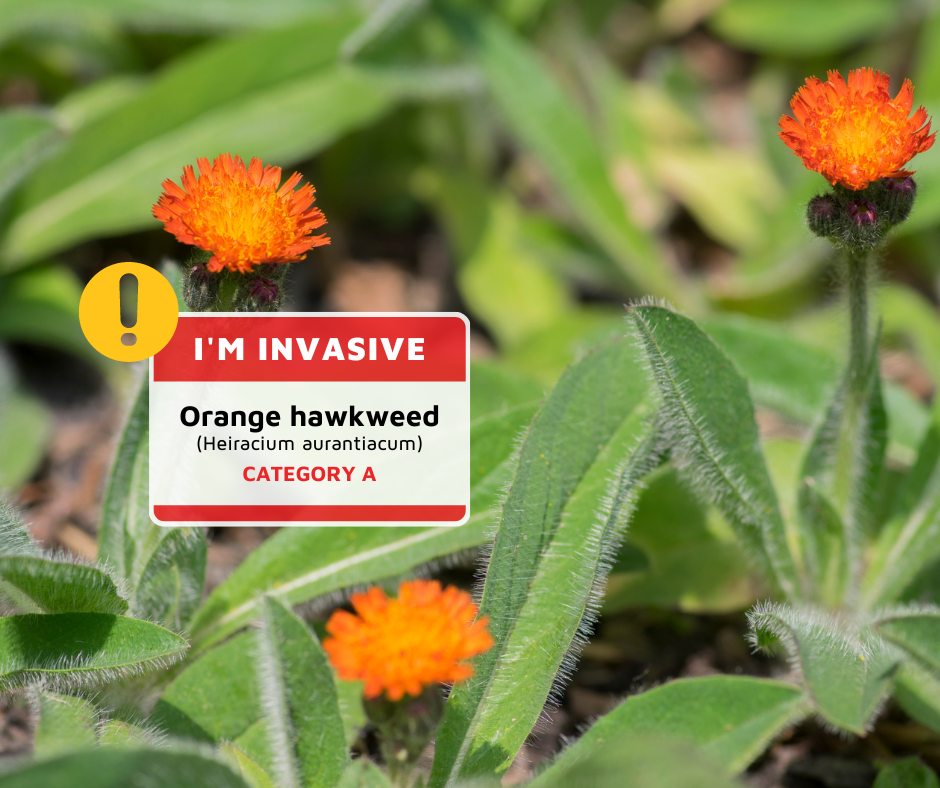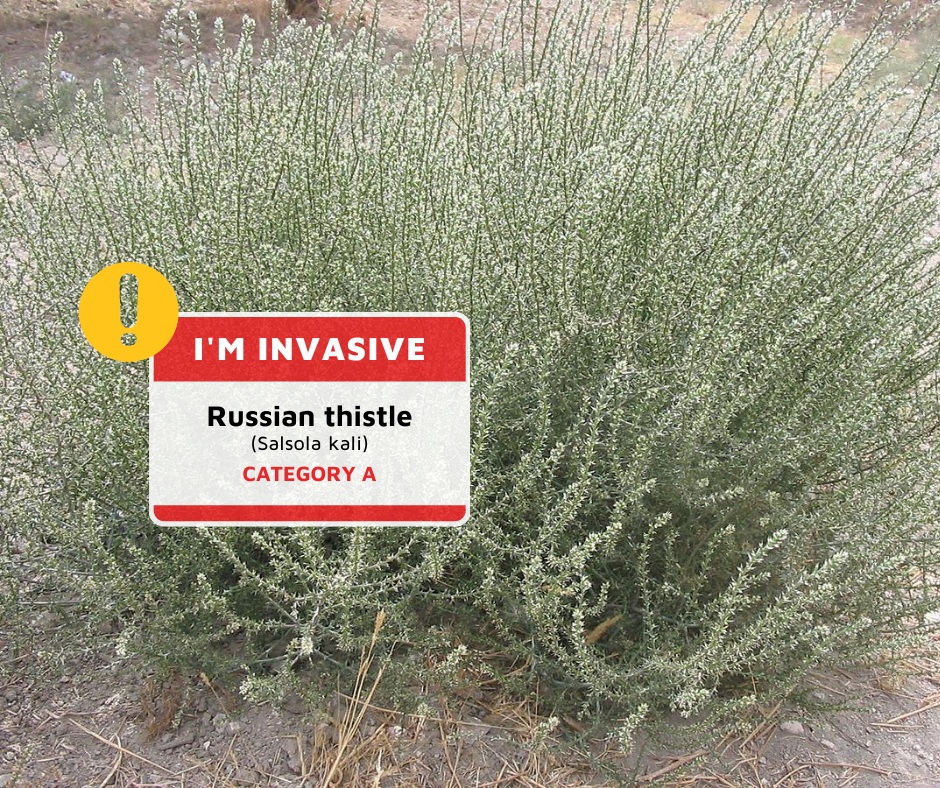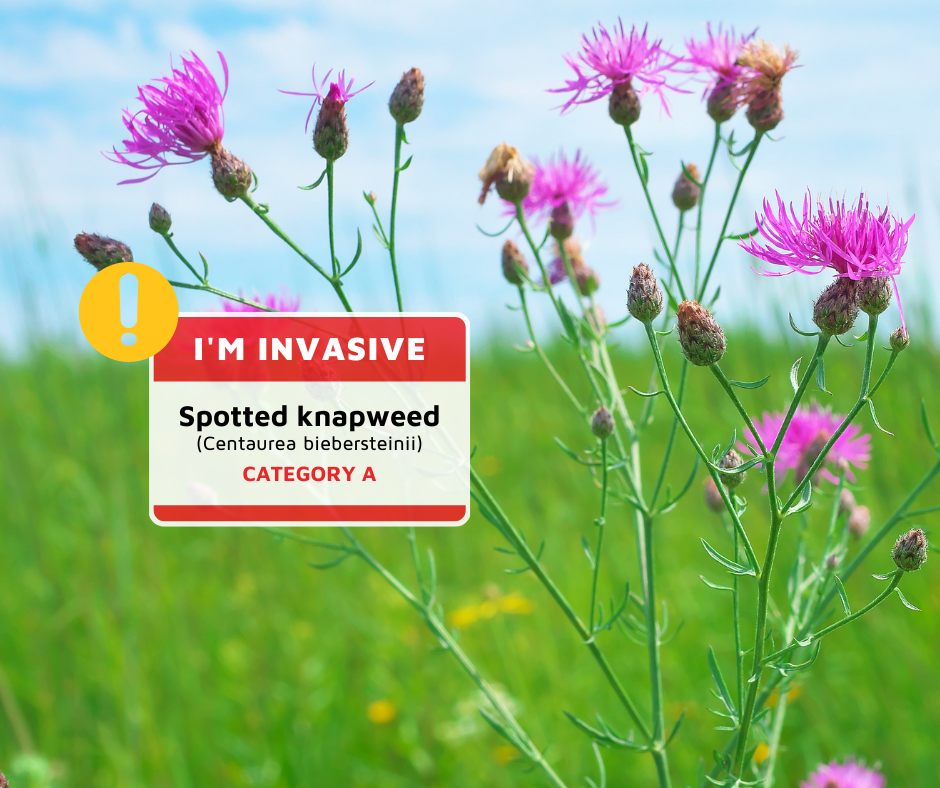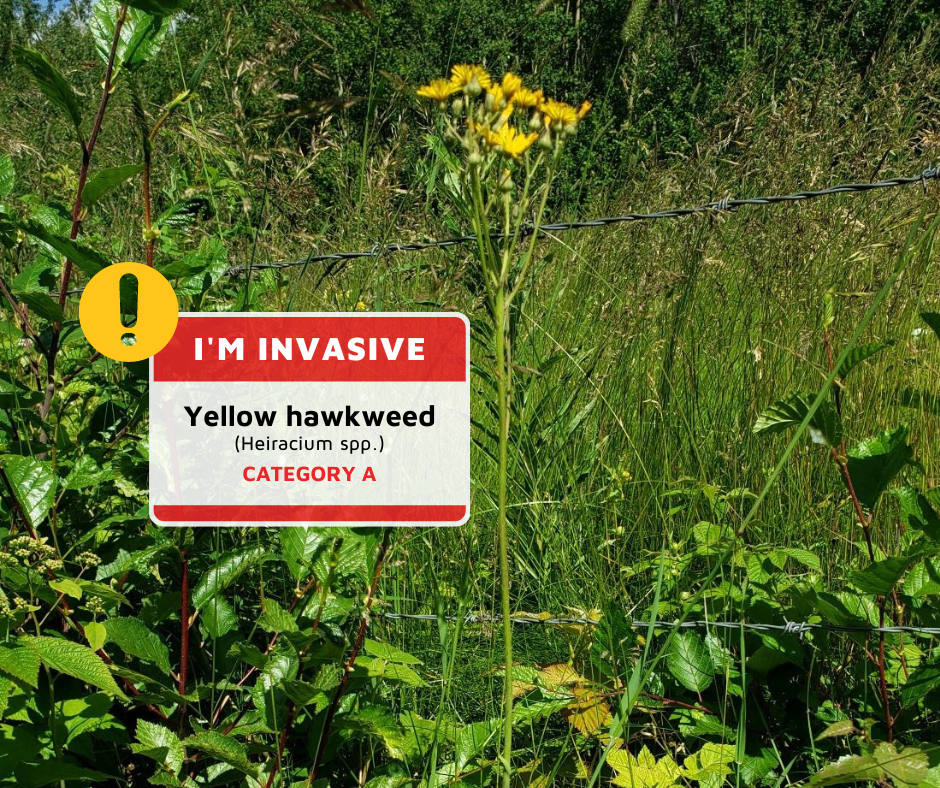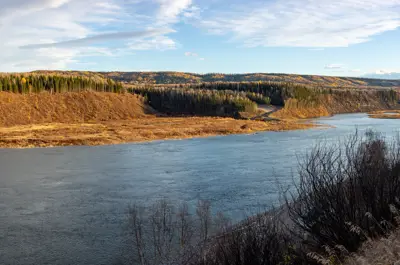You can report invasive plants in person. Please bring samples to the Peace River Regional District Office or mail us at PO Box 810, 1981 Alaska Avenue Dawson Creek, BC V1G 4H8. You can also download the Report Invasives app, they will review and coordinate with an invasive species specialist for follow-up activities. Download free reporting app:
How We Manage Invasive Plants
When infestations are reported to the PRRD, our team provides the necessary education and outreach to both the reporter and the applicable land occupier. If required, warning tickets may be issued and the Province is notified for further compliance and enforcement action.
The PRRD does not treat federal, provincial or private lands. We use hand-pulling, spot-spraying and re-seeding practices on lands owned and occupied by the PRRD.
Led by two committees, including the Invasive Plant Committee, our Invasive Plant Program safeguards our economy and environment from invasive plants and helps manage infestations.
The Invasive Plant Program's Strategic Plan and Profile of Invasive Plants Monitoring Committee (SPPIP) is available for review. If you're interested in managing noxious weeds and invasive plants, email us with your request to join the SPPIP.
How Invasive Plants Affect the Environment
Invasive plants are non-native species that thrive because they lack natural predators. They can take over, damage crops and harm the environment by reducing biodiversity and degrading habitats. Some even carry diseases, lower property values and pose risks to people and wildlife. The most harmful ones, known as noxious weeds, are controlled by legislation.
These noxious weeds spread quickly, outcompete native species and disrupt natural ecosystems. They're tough to manage and hard to get rid of, which means ongoing expenses for landowners and governments. Some cause allergies, are toxic, worsen farming conditions, raise wildfire risks and damage recreational spots.
